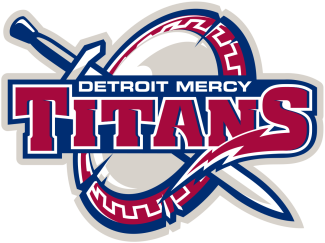I speak to a lot of lacrosse teams in different settings, and I am always trying to make the point of how important attention to detail is in the pursuit of their endeavors.
It is easier to imagine that a little more work might produce the hundredth of a second you would need for a personal record in sports like swimming and track. In field sports, it may not be quite as obvious when you factor in the conditions, the weather, the collisions, etc. At the same time, I am always making the argument that the quality of your season will likely be determined by the results of your one-goal games. It doesn’t necessarily require an experienced player to appreciate that finishing the shooting drill, touching the line, or full extension on a pull-up might provide just the very slight edge that determines a final result.
Beyond making the “attention to detail” argument to the players, I am often asked by coaches about the secret to winning these close games. I guess we did win our share, but it often feels that those close losses fill up more of my memory bank than the “thrill of victory.” The simple answer, of course, is having good players — those players who unconsciously gravitate toward the light in those game-deciding moments.
My University of Virginia teams were in overtime twice in national championship games before we won our first one in 1999. In those two losses to Princeton, it was not a coincidence that the ball found its way to Hall of Famers Kevin Lowe and Jesse Hubbard to deliver the winning goals for the Tigers. Of course, we had to beat Syracuse (the No. 1 seed) in double-overtime in order to give Kevin his opportunity. That winning goal was scored by Hall of Famer Mike Watson. I was watching the MLL championship game this past summer, and I swear that the moment I saw (future Hall of Famer) Steele Stanwick flash toward the goal, I thought “game over” (and it was).
What we did try to do almost every day on the practice field in order to improve our performance late in a close game is create different situations that required players to elevate their games and address those situations. We, of course, expected our players to practice hard, to run hard and to give their best effort on the practice field. At the same time, I would acknowledge that the performance required at the end of a close game is at the next level of athletic achievement.
My argument against participation trophies is not that I am obsessed with winning, but I am obsessed with athletes learning to make winning plays. How does a young person learn to react when a game is actually being decided? I don’t really care if he or she wins or loses (unless it is my team!). I don’t care if he makes the shot (Michael Jordan talks all the time with having missed a lot of them).
But how does he or she react as the game is moving to its resolution? Giving everyone a trophy simply for their participation ignores this reality.


























